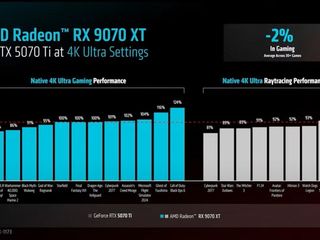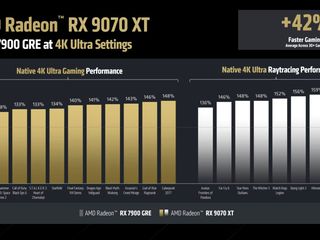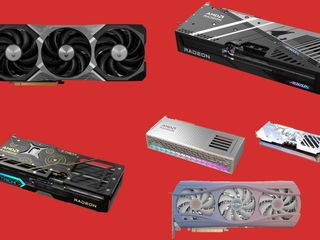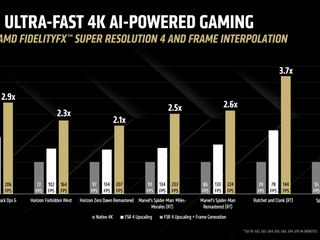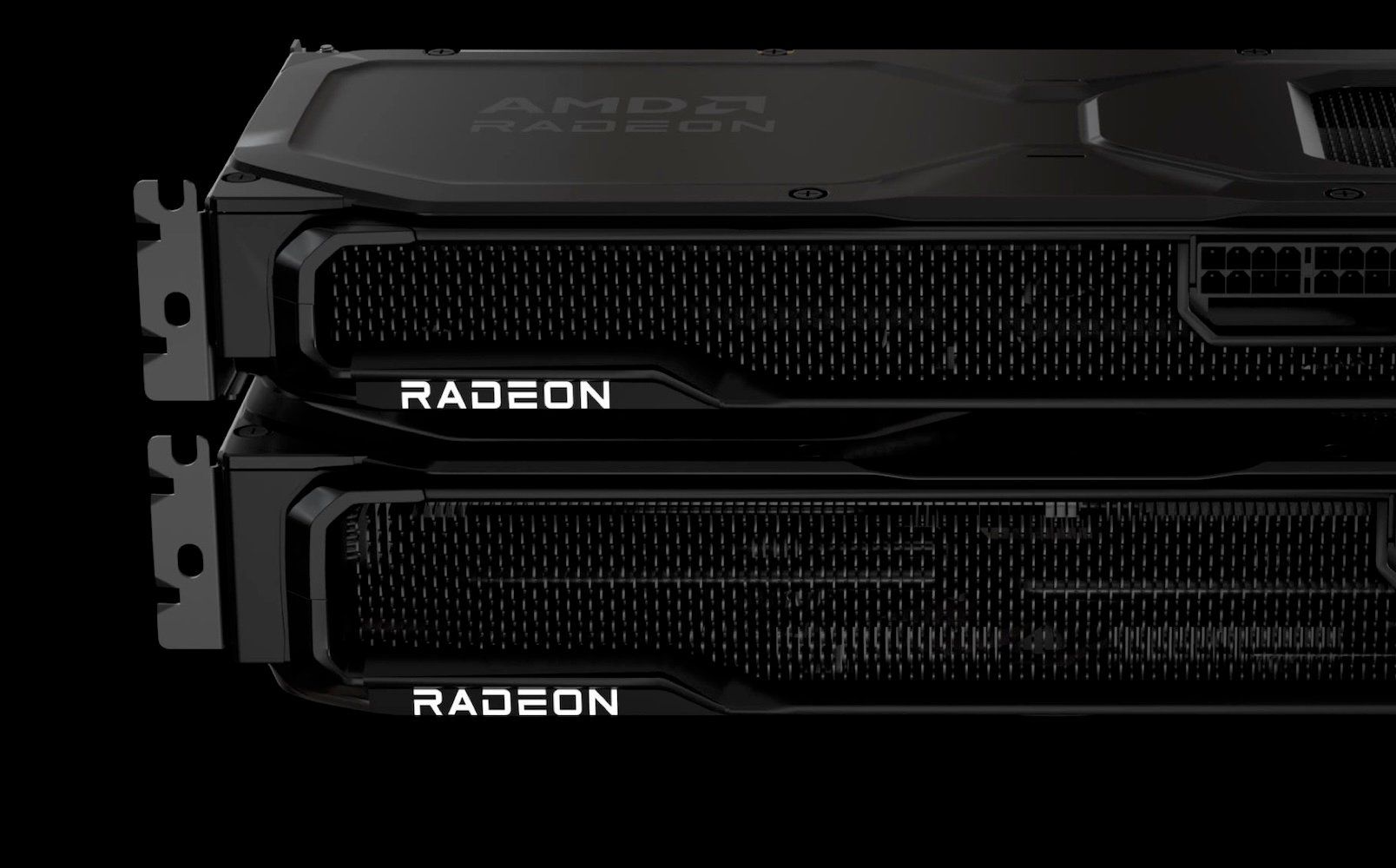
AMD RX 9070 vs RTX 5070: The Mid-Range GPU Battle!
Get ready for a mid-range GPU battle! AMD is throwing down the gauntlet with their new Radeon RX 9070 and RX 9070 XT, aiming squarely at Nvidia's GeForce RTX 5070 and 5070 Ti. The launch is slated for March 6th, so we won't have to wait long to see how these cards perform in the real world.
AMD is betting big on the idea that gamers want 4K performance without breaking the bank. The RX 9070 is priced at $550, matching the RTX 5070. The RX 9070 XT comes in at $600, a significant $150 less than the RTX 5070 Ti. That's a pretty compelling argument right out of the gate.
Why the jump to the 9000 series? AMD skipped the RX 8000 series to align their GPU naming with their Ryzen 9 series CPUs. Don't think this means it's leaps and bounds ahead of the previous gen, but it IS designed for smooth 4K and 1440p gaming in the latest titles.
Let's dive into the specs. The RX 9070 features 56 RDNA 4 compute units, 16GB of GDDR6 VRAM running at 20 Gbps on a 256-bit bus, and a boost clock of 2.54 GHz. The beefier RX 9070 XT boasts 64 compute units, more AI acceleration, and a 2.97 GHz boost clock, also with 16GB of VRAM.
AMD is making bold claims about matching or exceeding the RTX 5070 Ti's native 4K framerates. Of course, we need to see how AMD's FidelityFX Super Resolution (FSR) stacks up against Nvidia's DLSS. That $600 price tag for the XT model sure looks appealing, especially given the current RTX 50-series supply issues.
Despite having fewer transistors than the RX 7900 XT, the RX 9070 series aims to be more power efficient. The RX 9070 requires 220W compared to the RTX 5070's 250W, while the RX 9070 XT needs 304W versus the RTX 5070 Ti's 300W. However, you'll still need a 650W PSU for the RX 9070 and a 750W PSU for the RX 9070 XT.
RDNA 4 brings a redesigned compute unit for enhanced ray tracing, promising a 40% performance increase over RDNA 3. They're also touting a doubled ray tracing performance per compute unit. The new architecture supports PCIe Gen 5, HDMI 2.1b, and DisplayPort 2.1a. And let's not forget the second-gen AI accelerators, pushing up to 1,557 TOPS on the RX 9070 XT.
AMD is targeting gamers looking to upgrade from cards like the RX 6800 XT or the Nvidia RTX 3080/3090. They claim a 33% performance boost in Cyberpunk 2077 at 1440p with ray tracing on the RX 9070 compared to the RX 7900 GRE. The RX 9070 XT is said to offer over 66% better performance at 4K ultra settings in the same game.
Ultimately, the RX 9070 series aims to provide solid performance without the ultra-premium price tag. It's a smart move, considering the concerns surrounding RTX 50-series availability and pricing. AMD is betting that gamers will prioritize affordability and availability over bleeding-edge features, and their FSR technology is only getting better.
AMD's FidelityFX Super Resolution 4 promises improved upscaling, tackling issues like ghosting. They are claiming "near-native results." We are eager to test this feature!
AMD is also supporting more than 30 games with FSR 4 at launch, and plan to have over 75 games supporting the technology going into 2025.
The big question remains: How will the RX 9070 series stack up against the RTX 5070 series in real-world gaming? March 6th can't come soon enough!
Source: Gizmodo
